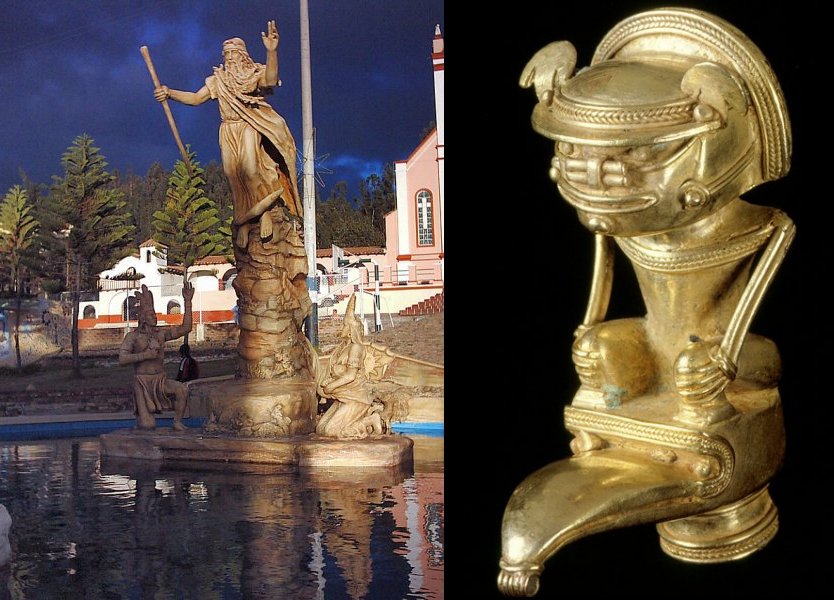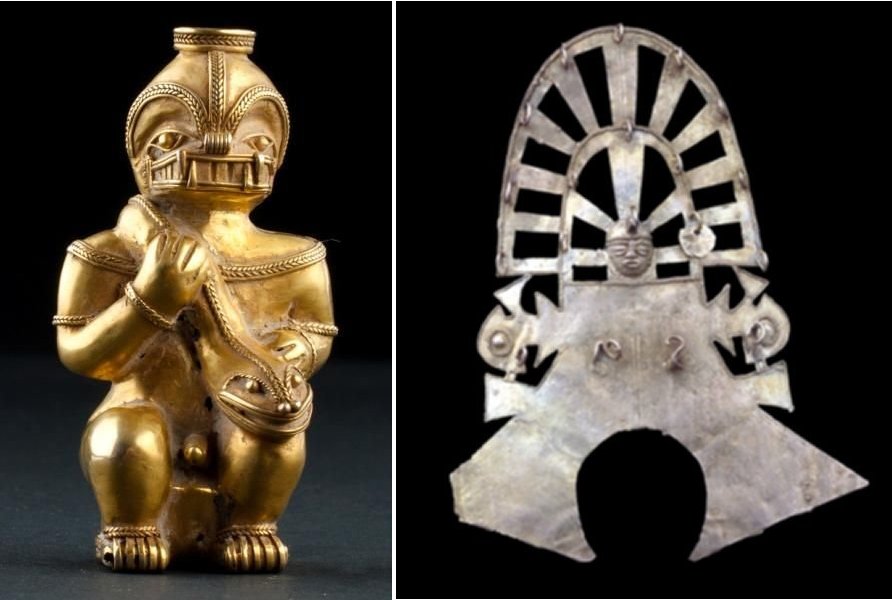Legend Of Bochica And Mysterious Ancient Stone Structures In Colombia
A. Sutherland - AncientPages.com - Ancient people in Colombia worshiped a man named Bochica who came to their land and showed the natives how to plant crops, make clothing, and build houses.
Legends of Bochica are still alive among the Colombian Indians.
Legend Of Bochica
Bochica was also called Nemqueteva, Sadigua, or Xué, which means the Sun.
There are so many similarities between Bochica and the serpent god Quetzalcoatl worshiped by the Aztecs, that we can only assume this was the same individual who was known under various names in several countries in the South America.
Just like Quetzalcoatl, Bochica had white skin, white hair, and a long white beard. He came riding to the country on an unknown animal and taught moral values and religious traditions.
Left: Monument dedicated to Bochica in Cuitiva, Boyacá, Colombia. Credit: Public Domain; Right: Colombian figurine made of gold. Image credit: British Museum.
He told the natives should worship one supreme God - Chiminigagua, and explained he had been sent by him with the message people should love each other and refrain from wrongdoing.
The Chibcha Indians of Columbia still recall the god Bochica came at a time of chaos. Bochica was a gentle being who preached against war, worship of idols, and he was capable of miraculously healing the sick by touch. Just like Jesus Christ, Bochica was also capable of restoring sight to the blind.
Mysterious Stone Structures And Artifacts In Colombia
Leaving myths and legends aside, let us now look at some remarkable stone structures, artifacts, and statues. We should not forget that many of these stone structures and statues were made in honor of the Colombian gods.
Ciudad Perdida is situated atop a mountain in the Sierra Nevada de Santa Marta, a UNESCO-inscribed Biosphere Reserve. Credit: Lilo2111 - CC BY-SA 4.0
Hidden in the middle of the jungle, archaeologists are still trying to uncover ancient secrets of Ciudad Perdida, the Lost City.
It is a place that has remained unknown to most of the outside world for centuries, and even today, very few people are aware of its existence. Ciudad Perdida, Spanish for "Lost City," is one of Colombia's most spectacular cultural heritage sites.
The "Lost City " was inhabited by the Tayrona people until the end of the 16th century and tucked away within the lush jungles of the Sierra Nevada de Santa Marta not far from the Colombian coastline. Ciudad Perdida is made up of hundreds of stone terraces and rings, which archaeologists believe were used as foundations for temples, dwellings, and plazas.
Not far from San Agustín, there is an archaeological Park with a museum containing ceramics, artifacts, and information about the local culture. The park features about 130 well-preserved statues that are depicting sacred animals, men, women, and unknown beings wearing masks. Similar statutes have been discovered in other parts of Latin America.
Ancient people in Colombia shared, just like other ancient cultures worldwide, the same fascination with gold.
In ancient Colombia, gold was used to fashion some of the most visually dramatic and sophisticated works of art found anywhere in the Americas before European contact.
San Agustín - Depictions of gods worshipped in Colombia. Credit: Public Domain
Although gold was not valued as currency in pre-Hispanic Colombia, it had great symbolic meaning. It was one way the elite could publicly assert their rank and semi-divine status, both in life and in death. Gold was also used to create depictions of gods.
The individual depicted wears a bird-beak head ornament. The rayed headdress could represent a crown of brilliantly colored feathers. Among the Kogi and the Tukano, the crown is variously said to symbolize the sun's rays.
In many societies, metalsmiths, like shamans, are associated with magic. The different techniques to transform the gold in revered objects could be equated to the magic used by the shaman to transform himself. On the other hand, it also possible those shamans' were in possession of prehistoric knowledge that was preserved through generations in memory of the gods.
Colombia's ancient past is, without a doubt, truly intriguing.
Written by – A. Sutherland - AncientPages.com Senior Staff Writer
Updated on July 12, 2021
Copyright © AncientPages.com All rights reserved. This material may not be published, broadcast, rewritten or redistributed in whole or part without the express written permission of AncientPages.com
More From Ancient Pages
-
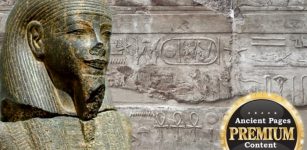 Secrets Of The Lost Tomb X – Enigmatic Boxes And Unusual Samples – Part 2
Featured Stories | Apr 12, 2019
Secrets Of The Lost Tomb X – Enigmatic Boxes And Unusual Samples – Part 2
Featured Stories | Apr 12, 2019 -
 11 Reconstructions Of Ancient Cities, Monuments And Sacred Sites
Civilizations | Jun 25, 2024
11 Reconstructions Of Ancient Cities, Monuments And Sacred Sites
Civilizations | Jun 25, 2024 -
 Ancient Stone Ram Figurine – Symbol Of Abundance And Great Courage – Unearthed In Old Cemetery
Archaeology | Oct 2, 2020
Ancient Stone Ram Figurine – Symbol Of Abundance And Great Courage – Unearthed In Old Cemetery
Archaeology | Oct 2, 2020 -
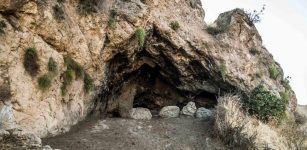 Artifacts And Remnants Of 3,000-Year-Old City Unearthed Near Great Zab River In Iraqi Kurdistan
Archaeology | Jun 5, 2017
Artifacts And Remnants Of 3,000-Year-Old City Unearthed Near Great Zab River In Iraqi Kurdistan
Archaeology | Jun 5, 2017 -
 Bjorn Ironside: Famous Viking Who Captured Luna By Mistake Instead Of Ancient Rome As Planned
Featured Stories | Jun 11, 2016
Bjorn Ironside: Famous Viking Who Captured Luna By Mistake Instead Of Ancient Rome As Planned
Featured Stories | Jun 11, 2016 -
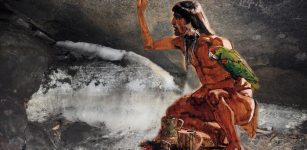 Ancestral Puebloans Survived Devastating Climate Change Hiding In New Mexico Lava Tubes
Archaeology | Nov 20, 2020
Ancestral Puebloans Survived Devastating Climate Change Hiding In New Mexico Lava Tubes
Archaeology | Nov 20, 2020 -
 Historian Suggests Jack The Ripper Fled To Australia Where He Met His End
Archaeology | Sep 10, 2016
Historian Suggests Jack The Ripper Fled To Australia Where He Met His End
Archaeology | Sep 10, 2016 -
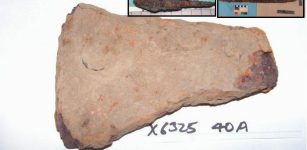 Spearheads – The Chemical Fingerprint Of Viking Weapons – New Study
Archaeology | Feb 18, 2022
Spearheads – The Chemical Fingerprint Of Viking Weapons – New Study
Archaeology | Feb 18, 2022 -
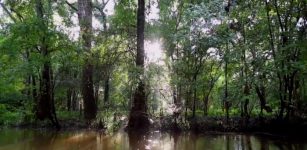 Underwater Ancient Cypress Forest Offers Clues To The Past
Archaeology | Jun 29, 2021
Underwater Ancient Cypress Forest Offers Clues To The Past
Archaeology | Jun 29, 2021 -
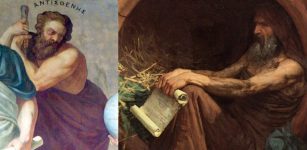 Antisthenes And Diogenes – Founders Of Cynicism Were Ancient Greek Philosophers
Ancient History Facts | Jan 7, 2018
Antisthenes And Diogenes – Founders Of Cynicism Were Ancient Greek Philosophers
Ancient History Facts | Jan 7, 2018 -
 Ice Age Mystery – Unexplained Disappearance Of North America’s Large Mammals – New Clues
Fossils | Jun 1, 2024
Ice Age Mystery – Unexplained Disappearance Of North America’s Large Mammals – New Clues
Fossils | Jun 1, 2024 -
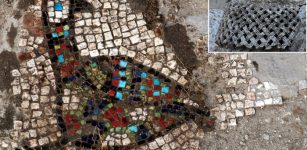 St. Simeon’s Monastery And History Of Its Founder Shed Light On Christian Past In Anatolia
Archaeology | Nov 28, 2020
St. Simeon’s Monastery And History Of Its Founder Shed Light On Christian Past In Anatolia
Archaeology | Nov 28, 2020 -
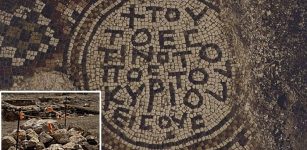 The 6th Century Byzantine Church Hidden Within Khirbet Tinshemet’s Woods – Discovered
Archaeology | Oct 2, 2024
The 6th Century Byzantine Church Hidden Within Khirbet Tinshemet’s Woods – Discovered
Archaeology | Oct 2, 2024 -
 Simple 1,000-Year-Old Medieval Medicine Cure Can Treat Modern Infections – Study Shows
Civilizations | Jul 28, 2020
Simple 1,000-Year-Old Medieval Medicine Cure Can Treat Modern Infections – Study Shows
Civilizations | Jul 28, 2020 -
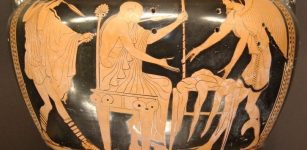 Prophet King Phineus Revealed The Future To Humans And Unleashed God Zeus’ Fury
Featured Stories | Nov 20, 2019
Prophet King Phineus Revealed The Future To Humans And Unleashed God Zeus’ Fury
Featured Stories | Nov 20, 2019 -
 John Dee’s Magical Mirror Used To Contact Spirits Can Be Traced To The Aztecs
Archaeology | Oct 7, 2021
John Dee’s Magical Mirror Used To Contact Spirits Can Be Traced To The Aztecs
Archaeology | Oct 7, 2021 -
 Mystery Of The 80 Million-Year-Old Sharks’ Teeth In The City Of David
Archaeology | Jul 4, 2021
Mystery Of The 80 Million-Year-Old Sharks’ Teeth In The City Of David
Archaeology | Jul 4, 2021 -
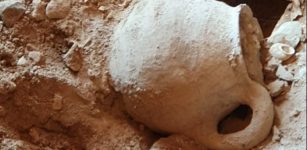 Cave 53 In Qumran Region In Judean Desert Reveals More Secrets
Archaeology | Feb 28, 2022
Cave 53 In Qumran Region In Judean Desert Reveals More Secrets
Archaeology | Feb 28, 2022 -
 Mystery Of The Ancient Reptilian Gods Remains A Complex Subject – Memories Of The Past – Part 1
Featured Stories | Feb 6, 2022
Mystery Of The Ancient Reptilian Gods Remains A Complex Subject – Memories Of The Past – Part 1
Featured Stories | Feb 6, 2022 -
 Why Were Egyptian Pyramids Built Along Long-Lost Ahramat Branch Of The Nile?
Archaeology | May 16, 2024
Why Were Egyptian Pyramids Built Along Long-Lost Ahramat Branch Of The Nile?
Archaeology | May 16, 2024

